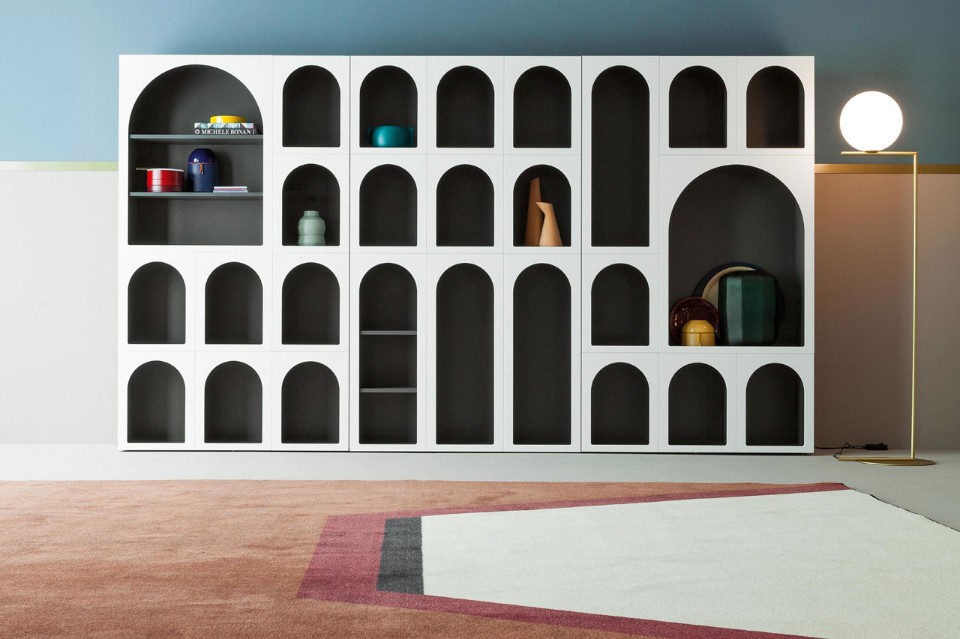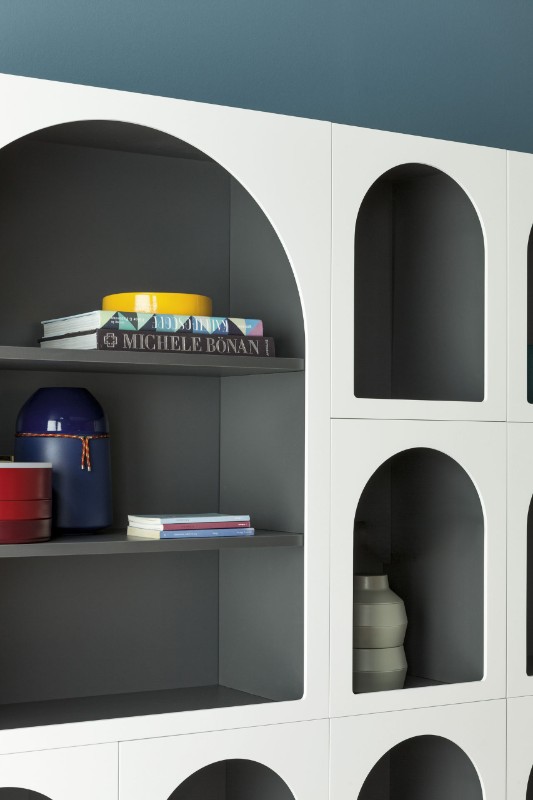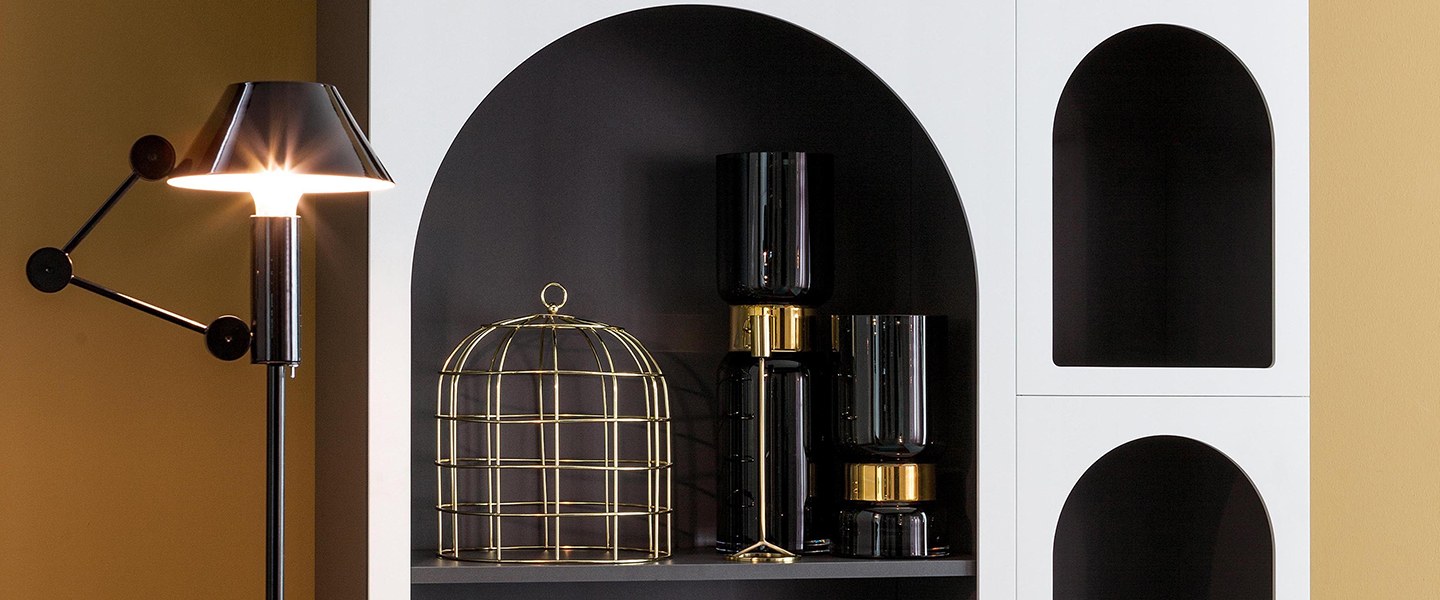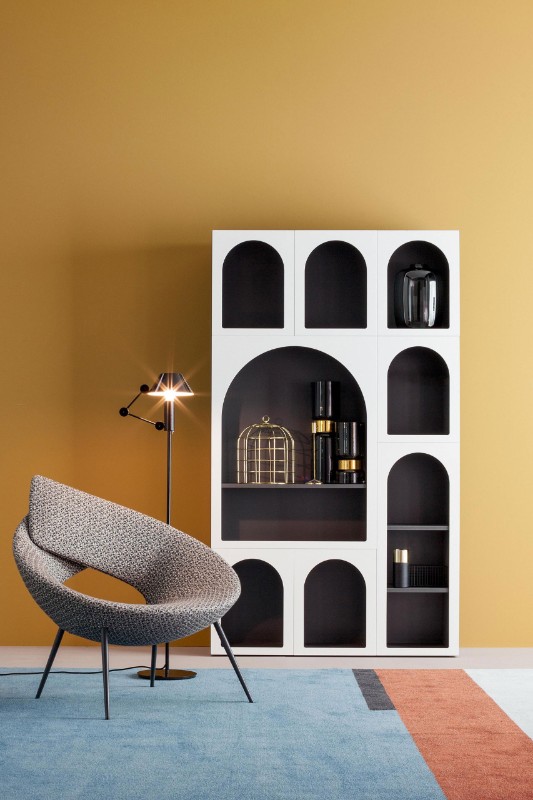Display Treasured Finds in a Modern Modular Cabinet of Curiosities
Few pieces of furniture hold as much potential for awe and amazement as the Wunderkammer, or “cabinet of curiosities.” First gaining popularity during Europe’s Northern Renaissance, these glass and wood cabinets packed with strange, rare, and fascinating finds peaked during the Victorian era as collectors sought out new ways to display their favorite objects for all to see.

Academic institutions and royal palaces might have entire “wonder rooms” filled wall-to-wall with such cabinets, but in private homes, the Wunderkammer typically stood alone. Inside, you could expect to find things like scientific specimens (shells, horns, and animal bones), geological finds, historical relics, religious items, and small works of art from other cultures.
While the mysterious collections held within these cabinets attracted the gaze of all who entered the room, the cabinets themselves typically received less attention. Historically, they’ve ranged from simple open wooden shelving with niches of various shapes and sizes to grand glass cases framed by ornate hand-carved millwork. Cabinets of curiosities are far less popular today than they were centuries ago, but you don’t have to be a fan of taxidermy or creepy specimens in jars to find value in a well curated, beautifully framed collection.


So how does one go about adapting the Wunderkammer with a fitting aesthetic for the modern era? Designer Fabrice Berrux set out to answer that question in a recent collaboration with Bonaldo, one of Italy’s premier manufacturers of elegant furniture and decorative accessories. Fifteen years ago, the designer found himself captivated by a particular cabinet belonging to his grandfather. Those memories would go on to lay the groundwork for his new bookcase, simply titled “Cabinet de Curiosité.”
“The bookcase is a tribute to my Parisian grandfather,” says Berrux. “There was one room in his apartment which fascinated me more than any other. It was the room he occupied every evening until late at night: his office, or better, his room of wonders, his ‘cabinet de curiosité.’ A place for thinking, for creating, for recalling memories, packed with books, paintings, masks, sculptures, and a thousand other ‘essential’ objects.”


Six individual modules offer arched niches framed in chic and simple lacquered white wood, their interiors painted a subtle anthracite grey to offset the objects placed inside. These modules can be assembled in a number of different configurations and subdivided with shelving to display books, pottery, sculpture, and anything else you collect. Placed together, they create an architectural facade, with each niche acting like a window into a world of your own creation.

Envisioned specifically for the modern home, the cabinet is striking in its own right without overpowering its curated contents. This custom cabinet of curiosities is available exclusively through Bonaldo, with purchasing information available upon request.
Born in Boulogne-Billancourt, France in 1964, Berrux graduated from the National Arts School in Dijon in 1986 and founded his firm 18 AOUT in 1987. Since 2005, he’s been a design teacher at Paris’ Ecole Blue, simultaneously working on his own collections of lighting products, carpets, and other luxury objects for the home.




